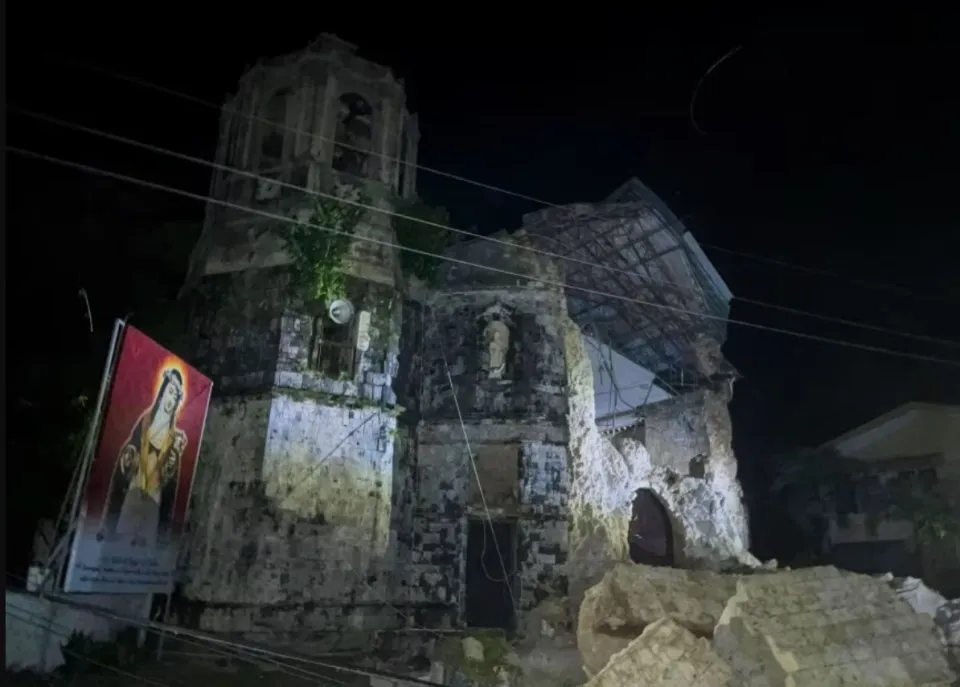Powerful 6.9-Magnitude Earthquake Strikes Cebu: At Least 60 Dead, Toll Expected to Rise
A 6.9 magnitude quake struck Cebu, causing over 60 deaths. This tragedy raises urgent concerns about preparedness and infrastructure resilience.

Understanding the Devastation: Cebu's 6.9 Magnitude Earthquake
On the night of September 30, the serene island of Cebu was rocked by a powerful magnitude 6.9 earthquake that struck near the city of Bogo. This seismic event, occurring at a shallow focal depth of just 10 kilometers, unleashed a violent shake felt across the northern tip of the island. Sadly, the human toll is grave, with at least 60 confirmed dead and countless injured.
The United States Geological Survey (USGS) identified the quake as a significant geological event, warning that the death toll is expected to rise as efforts continue to locate survivors trapped under rubble. The Pacific Tsunami Warning Center (PTWC) confirmed no tsunami threat, offering some relief amidst the chaos.
The Immediate Impact: Human and Infrastructural Losses
The impact on local communities is profound. Bogo, a municipality of about 90,000 residents, bore the brunt of the quake’s force, with buildings collapsing, roads cracking, and essential infrastructure severely damaged.
Emergency response teams raced against time, navigating damaged roads and aftershock risks to reach those in need. The outpouring of aid and support from neighboring regions has been vital, but challenges remain due to the quake’s severity and the night-time occurrence.
Why Does a Shallow Earthquake Cause So Much Damage?
Shallow earthquakes, like this one at a mere 10 kilometers depth, are particularly destructive because seismic waves have less earth to travel through and dissipate. This means the shaking experienced on the surface is more intense, leading to greater structural damage.
For Cebu, an area with varied building standards and densely populated urban centers, this shallow quake raised critical questions about building codes, preparedness, and emergency response capabilities.
What Comes Next: Recovery and Resilience
As rescue operations continue, the focus now shifts to recovery. Filipinos are known for their resilience, but this tragedy underscores the urgent need for:
- Improved disaster preparedness and early warning systems, especially in seismically active areas 🌏
- Investment in infrastructure designed to withstand earthquakes
- Community education on earthquake safety and emergency procedures
This disaster reminds us that nature's fury can strike unexpectedly, challenging both individuals and governments to prioritize safety measures.
A Call to Action: Raising Awareness and Preparedness
This earthquake serves as an earnest warning to communities worldwide about the devastating potential of earthquakes. While we cannot prevent natural calamities, we can mitigate their impact by staying informed and prepared.
Let this event in Cebu be a catalyst for improved safety standards and a reminder that vigilance saves lives. 🙏




